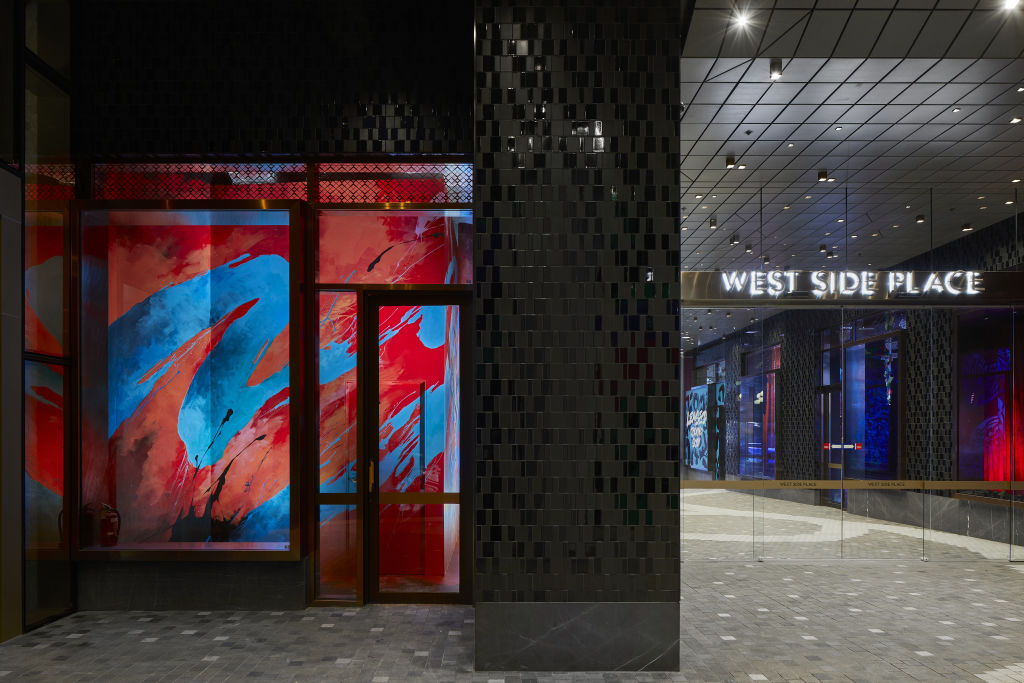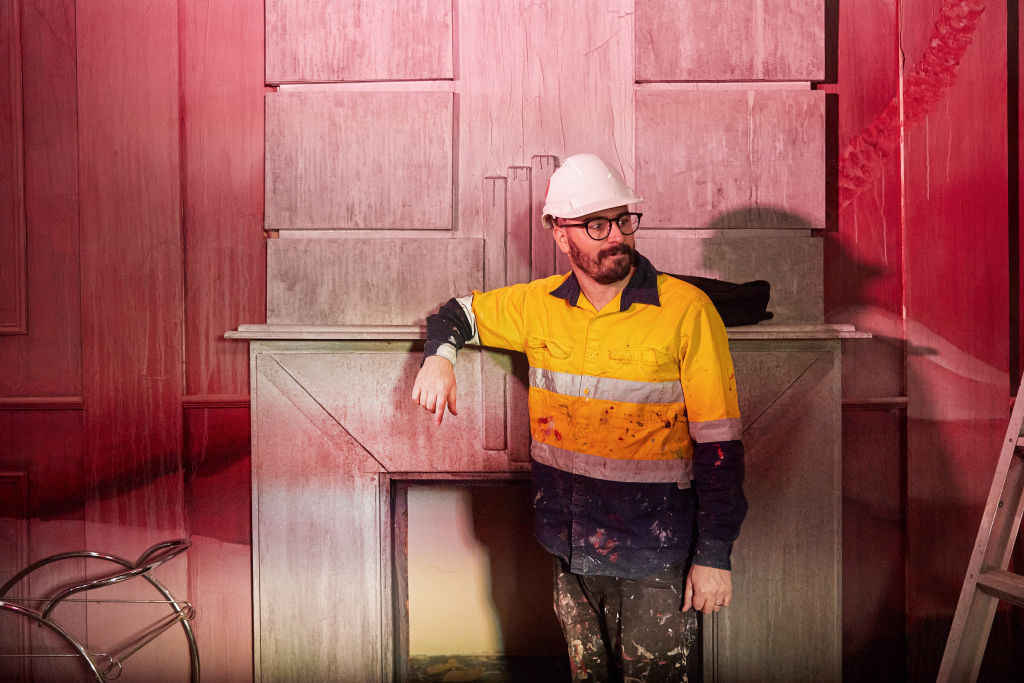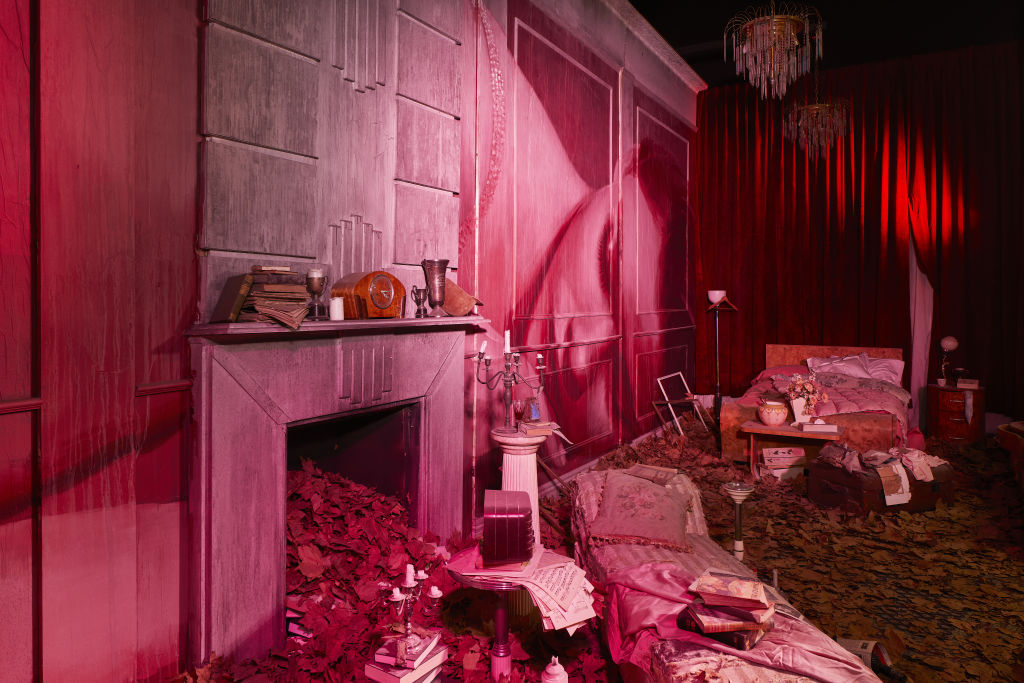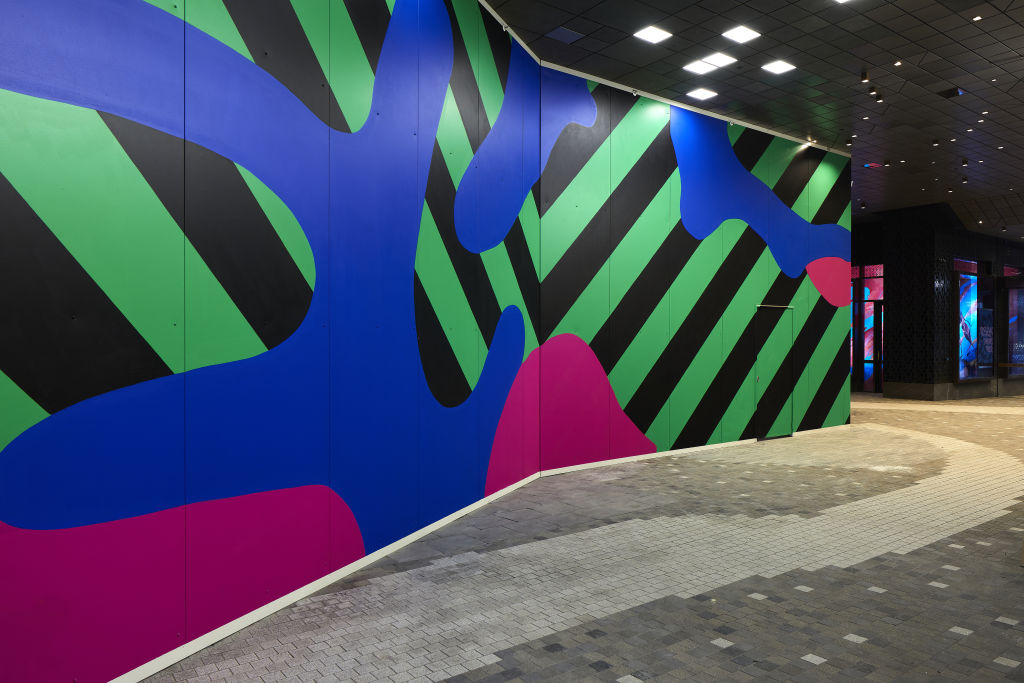Melbourne's first shopping and dining 'artcade' opens in West Side Place

An empty Melbourne arcade has been transformed into the city’s first ‘artcade’, filled with new works by Australia’s leading contemporary artists to create a sophisticated public art gallery that visitors can shop and dine in.
From Rone to Reko Rennie, Lisa King and Caleb Walmlsey [aka Mayonaize], 250 Spencer Street’s West Side Place is a collaboration between street art network Juddy Roller and property developer Far East Consortium Australia, where art comes to the city centre in a bid to reacquaint us with our streets.

The concept was developed long before the pandemic hit, and will open to the public on November 15, with plans to keep it open for six months or longer.
According to Judy Roller’s Creative Director, Shaun Hossack, who runs an award-winning network of street artists from Fitzroy, the project had appeal because the developers gave him free artistic reign to tell a story.

“The developer has a strong interest in the arts and wanted to turn these empty shops into an art experience; it was a perfect way to showcase some of Melbourne’s best,” Hossack says.
“They’re a development with a conscience and that resonated with me.”
Lisa King, one of Australia’s leading self-taught female graffiti mural artists, brings her own painterly stroke to the space via a pop-up cafe called Rosè Twilight.
“I wanted to make an interactive art cafe that is, in part, inspired by the NGV bookshop and conjures that feeling you get when you walk into the gallery,” King says.
There are flowers teamed with butterflies and skulls, with neon lights that read “Wake Up and Smell the Coffee” and “Art is Life”.
“My art asks the question, is the glass half empty or full? The narrative is lightly political and designed to make people think – it’s mixing art and culture with my own work,” King says. She also collaborated with Coco Flip on the cafe’s lighting and neon signage by Electric Confetti from Melbourne for extra va-va-voom.
Artist Rone, aka Tyrone Wright, has created an ode to his hugely popular Empire installation from 2019, taking over three window fronts in this arcade.

“My work is like a grand version of the Myer Christmas windows,” Wright says of his installation Sub Rosa.
He collaborated with interior stylist Carly Spooner to fill three rooms that shift from bedroom to fireplace area and lounge room. He managed to repurpose furniture and objects from Empire within the installation and purpose-built a fireplace for the occasion in lockdown.
There’s a huge mural of Sleeping Beauty that sits behind the scene, stirring all the emotions – something he manages to do so skilfully with his work.
“Sleeping Beauty is a comment about where we are at the moment,” Wright says.

“We’ve all been in hibernation and it’s like we’re all still waiting to wake up and come out again but don’t know when that will be. I also wanted to transport people to another time.”
Reko Rennie, a Kamilaroi artist based in Melbourne, acknowledges his indigenous Aboriginal roots with his large, sprawling work across a 225 square-metre hoarding wall. He also worked with Adelaide’s emerging artist Shane Kookaburra who he is mentoring right now.

With COVID putting a stop to gallery exhibitions, Rennie used his time in lockdown to get involved in the public art project. “Part of my early art practices come from the street,” says Rennie, whose work riffs on an urban narrative and also connects the dots back to his ancestors. He uses neon-bold colour for his artistic soundtrack.
“I got into art through graffiti, and while I’m not a graffiti artist, I do like to work in a public environment at times,” Rennie says.

“The beauty of doing this sort of public format work is that it’s there for everyone to see no matter what your background is, no matter what you earn. To have access to art on the street or in an arcade gives people an opportunity to see work they wouldn’t usually come across.”
Hossack admits the arcade was inspired by the street art of Hosier Lane and Melbourne’s other cobblestone laneways. “But unlike those laneways, we’re in this classy environment, with large imposing store windows and giving the public a high-end gallery experience,” Hossack says.
“We wanted to take the ethos of street art and make it more sophisticated for all to enjoy.”
We recommend
We thought you might like
States
Capital Cities
Capital Cities - Rentals
Popular Areas
Allhomes
More







